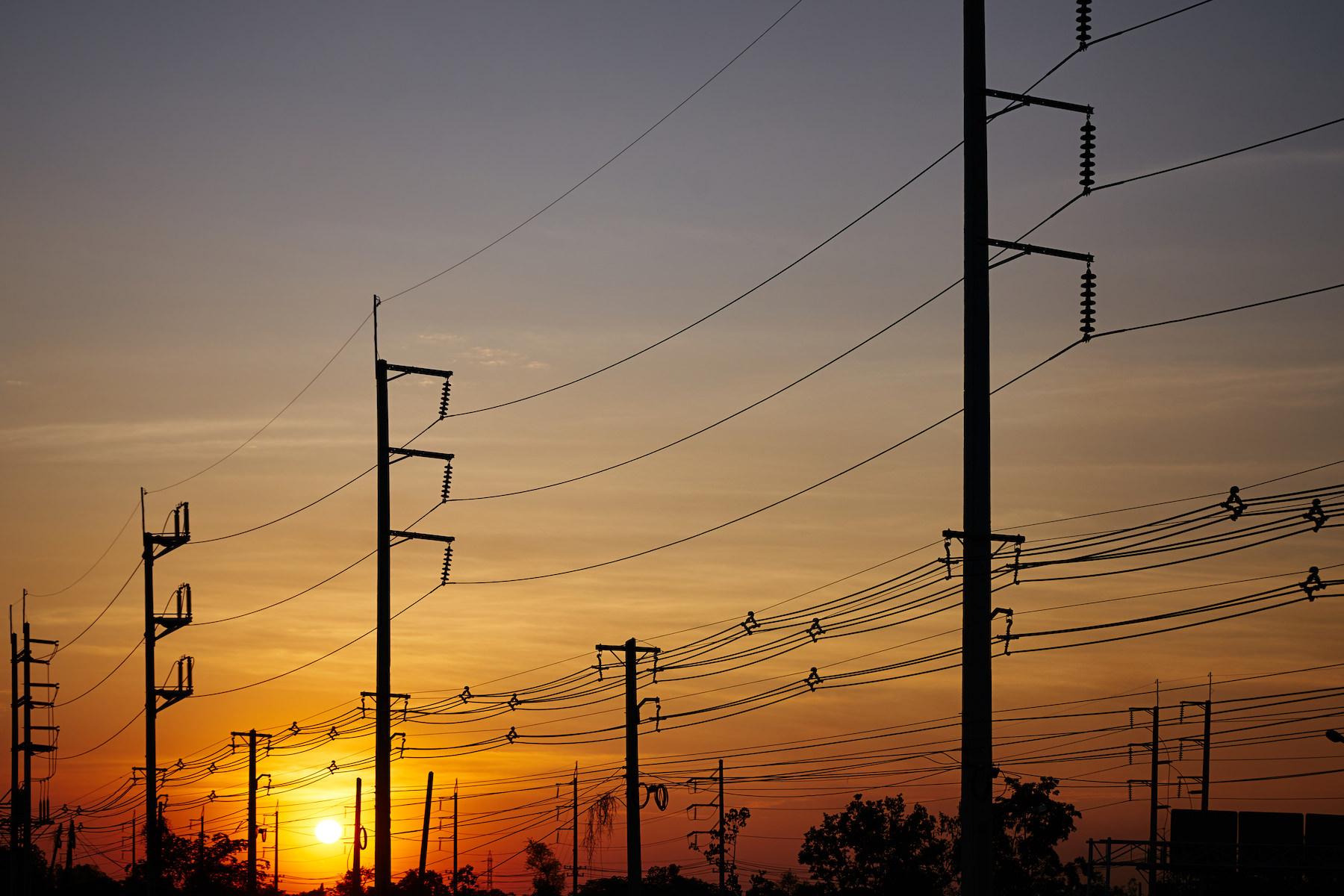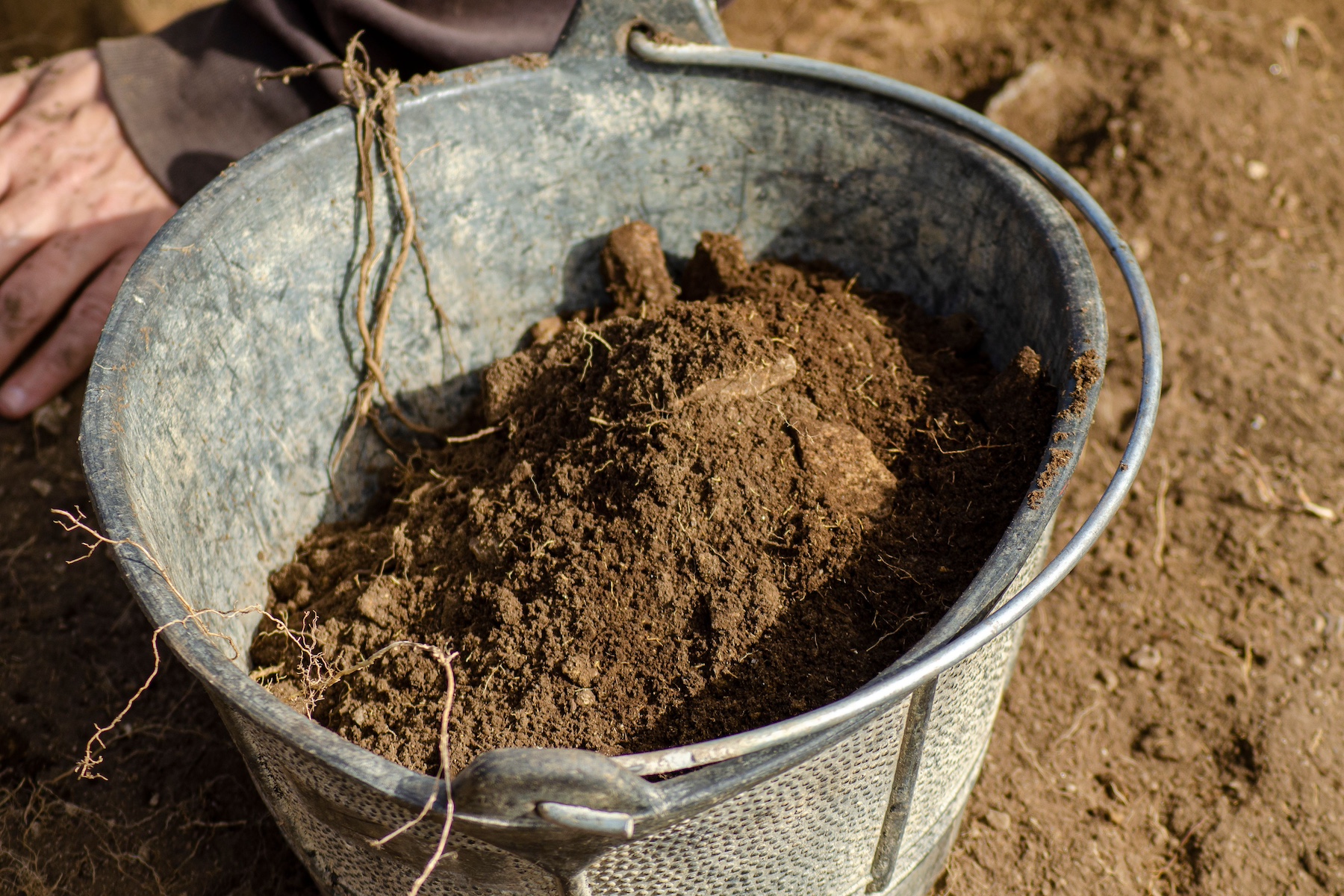Cremation uses energy, but what if crematoriums could generate energy as well? It turns out, that many crematoriums possibly could do just that.
Over a decade ago, crematoriums in Europe began to think beyond conserving energy and started to consider how they could generate energy. It’s an idea that many people questioned. Was it even possible? Will the general public be open to the idea? Would it affect the results of cremation?
A few innovative crematoriums decided to take the initiative to find out the answers. What they discovered is a new way to make cremation a multi-purpose service.
What is Waste Heat Energy?
As you may know, heat can be an energy source. Using heat from cremation is the same concept as geothermal energy that uses heat from within the earth to generate electricity.
Like geothermal activity in the Earth, cremation involves very high heat. Many people don’t realize just how hot it gets in a cremation chamber. Temperatures around 1,500 degrees Fahrenheit are needed to cremate a body. Cremation can also produce scorching steam when hot gasses in the chamber are cooled.
All that heat doesn’t stay in the cremation chamber. It’s vented out, and that is what’s known as waste heat. It’s the heat that’s generated by the cremation process that’s simply released into the atmosphere. It’s considered waste because it’s a byproduct with no purpose.
But energy experts have found viable ways to put that heat waste to good use.
Europe Proves Cremation Electricity Generation is Possible
Experts knew heat waste was a byproduct of cremation, but the real question was how it could be harnessed to generate electricity. A feasibility study from the Durham County Council set out to answer that question. They studied the Durham Crematorium’s operation to determine the most efficient heat recovery measures that could be used. The study revealed not one but three possible ways to capture and convert heat waste.
What the Durham Crematorium did was retrofit it’s burners with special turbine generators. The turbines are powered by the hot steam within the cremation chamber. Early estimates found that Durham Crematorium should be able to produce enough electricity to power the crematorium, its offices and the adjoining chapel. Any excess electricity that was generated could be sold to the national grid.
Durham Crematorium isn’t the only funeral home to harness the power of heat. Others in the U.K. use excess heat to warm nearby pools and provide local villages with electricity. Other crematoriums have followed suit in Denmark, Sweden and other countries across Europe.
It makes sense that European crematoriums would be interested in using cremation as an energy source. About ten years ago when the U.S. still had more burials than cremations, many countries in Europe were the exact opposite. For example, in 2013 Switerland’s cremation rate was 82%. In Denmark the cremation rate was 81%, and in the United Kingdom 75% of families choose cremation.
Beyond the potential for a lot of energy production, land is very scarce in some European countries. Land conservation has become a priority as burial plots get harder to come by. Another factor is Europe’s commitment to reducing carbon emissions. Many of the countries with the highest cremation rates have environmental concerns and are heavily invested in finding green energy sources that don’t require natural resources.
In theory, if a crematorium uses electric cremation chambers it could create a cyclical effect where one cremation is powering the next. In other words, the crematoriums have net zero energy use.
That in itself is a huge accomplishment that would essentially make cremation the most eco-friendly form of disposition. But there’s strong potential that crematoriums would produce more power than they need just for cremation services. Additional power could be used to provide the entire crematorium facility with power. Any extra electricity could be sold to the grid to provide cost-effective clean energy for local homes and businesses.
Possible Public Pushback on Cremation-Powered Electricity
For anyone who’s interested in conservation and green energy, using heat waste from crematoriums makes perfect sense. But there’s an ick factor for some people. The idea that the light that comes on when you flip a switch is generated by burning a body is unsettling for some. It’s not something that crosses the mind often, but when it does people can be put off at the thought.
The general public isn’t the only one with concerns. Some crematorium operators are also hesitant to jump onboard with the idea. They worry their crematoriums could be seen more as an energy supplier than a funeral home where families know they are getting a respectful service. That could actually cause families to choose a crematorium that doesn’t convert heat waste into energy.
Of course, the opposite could happen. Environmental advocates are quick to point out that some families will appreciate knowing that a crematorium is making investments to make their facility as efficient as possible. There’s also the argument that the novel idea will become normal over time, which will all but eliminate the pushback. When you consider how public sentiment about cremation has changed in recent years, there’s a good chance the idea of using energy created by a crematorium will be accepted by the masses sooner than we think.



